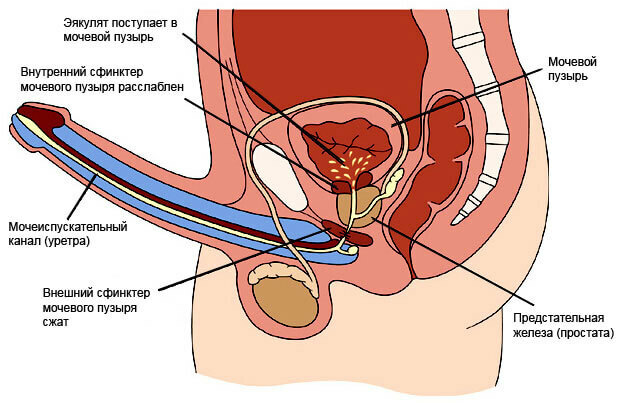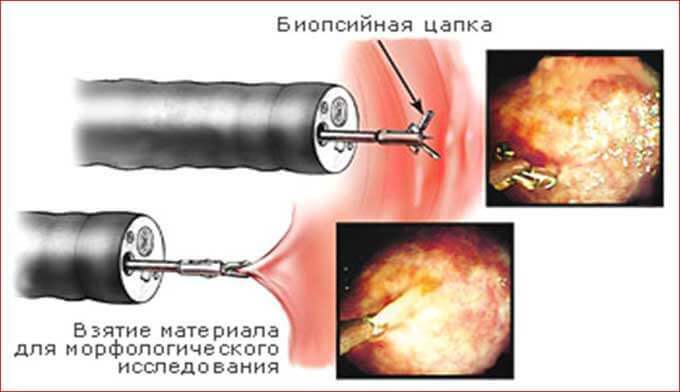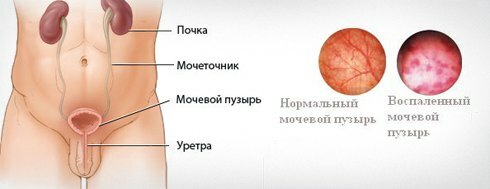Features of the rectal examination of the prostate
Rectal examination of the prostate( prostate gland) is a method of probing( palpation) through the patient's anus. It is part of the direct examination of the genitourinary system by a doctor to determine the direction of the diagnostic search or during preventive examinations. This is a routine procedure, not carrying anything humiliating for the patient
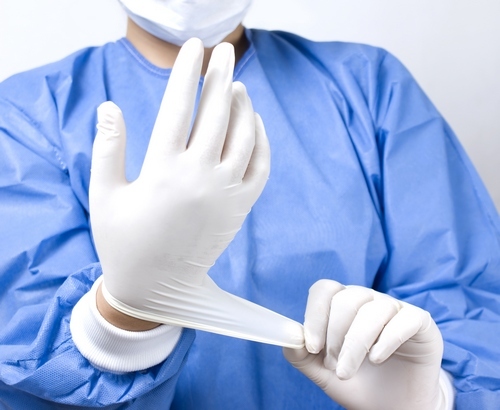
Content
- 1 General characteristics
- 2 Technique of
- 3 parameters and their evaluation
- 4 changes at different pathology
General characteristics
Doctors recommend such research in all men older than 50 years, regardless of whetherOr absence of signs of pathology of urogenital organs. This significantly increases the probability of diagnosing the causes of not only pronounced changes, but also little manifested, but serious and dangerous by its consequences diseases in the early stages. What sometimes saves not only health, but the patient's life.
High information content of this study is due to a close anatomical interposition of the lower intestine and prostate gland. It is directly adjacent to the rectum in its anterior section, where one can feel the posterior surface of the prostate.
Before the palpation, also examine the area of the anal opening, identify cracks, signs of inflammation and the presence of hemorrhoids. This eliminates the concomitant intestinal pathology and identify the spread of cancer beyond the tissues in certain diseases( tumors, abscesses).
technique The technique of
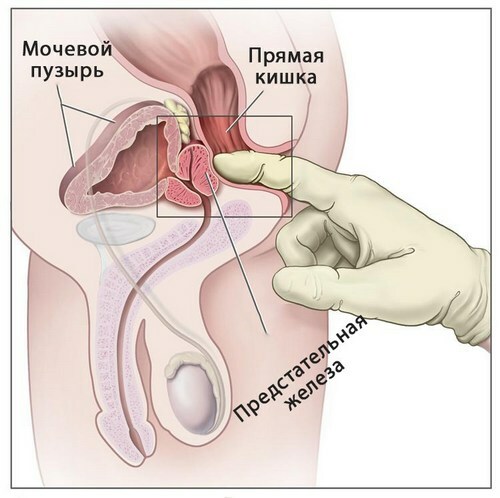
rectal examination of the prostate
procedure is performed with the patient on one side with pursed the chest legs( bent at the hip and knee joints) or in jackknife position. The research is performed by a urologist or andrologist.
Procedure:
- The doctor wears sterile gloves.
- To facilitate the procedure, lubricates the index finger of one hand with petroleum jelly and injects it into the rectum.
- At a distance of 5 cm from the anus of the front inner surface of the rectum doctor feels the prostate, shaped like a chestnut.
- Examines not only the tissues of the prostate gland, but also the internal surface of the rectal mucosa.
- To obtain the secretion of the gland( with suspicion of inflammatory and oncological processes), the doctor performs a massage of the gland.
- The received secret is sent to the laboratory for analysis.
If you want to test the seminal vesicles( most often in cases of suspected inflammatory process), the procedure is carried out in the position of Picker, when the patient is in a position as if sitting on the index finger of the doctor. This allows you to feel the deep sections of the rectum.
Parameters and their estimation
The prostate normally has a tight-elastic consistency, uniform throughout the organ, in the middle part the middle groove between its lobes is palpated, seminal vesicles are defined in the lateral regions of the gland. Prostate clear boundaries in cross amount of iron is 2.5-4.5 cm, in the longitudinal from 2.5 to 3.5 cm. All the structures are painless, and rectal mucosa displaceable over prostate, tissues are not soldered together.
Evaluation Criteria:
- the size of the gland( if enlarged, then evenly or at a certain site);
- form of the prostate( with pathology - wrong, asymmetric);
- border of the gland tissue and seminal vesicles( clear or fuzzy);
- Density( diseases may cause areas of sharp compaction or softening);
- characteristic of the interlobar groove( with inflammatory processes of various nature is smoothed down to extinction);
- degree of sensitivity and soreness( individual sites and the whole body);
- mobility of the intestinal mucosa in the place of adherence of the prostate( with the spread of the pathological process beyond the gland, it is possible to involve intestinal tissues and fix it);
- characteristics of tissues around the gland, seminal vesicles( soreness, consistency, size).
Changes in various pathologies
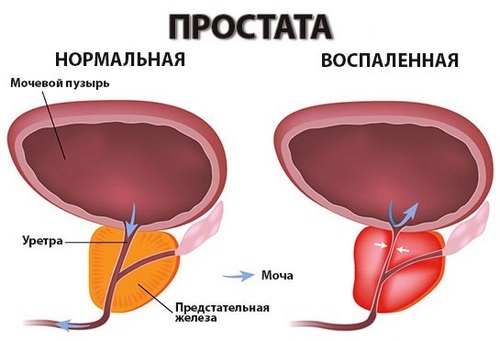
Prostate change in inflammation of
When rectal examination of the prostate can be assumed inflammatory, tumor nature of organ changes, to reveal the extent of the pathological process and the involvement of surrounding structures.
With acute inflammatory changes ( prostatitis), an increase in size is observed, with a sharp soreness, a consistency becomes denser, and the boundaries are somewhat smoothed. With complicated flow and the formation of an abscess, foci of a sharp decrease in density join, up to the point where liquid is probed in a limited cavity( focus of fluctuations).Chronic prostatitis is characterized by a slight increase in the prostate and its uneven consistency, a slight soreness is possible.
Adenoma ( benign hyperplasia) is characterized by an increase in the size of the prostate gland and a significant smoothing of the median groove while maintaining a normal density. Soreness is absent.
The probability of malignant neoplasm ( prostate cancer) indicates:
- pronounced and uneven density( up to stony);
- increase in size;
- soreness with palpation;
- adhesion of the gland and rectum tissue, the inability to dislodge the intestinal mucosa at the point of contact with the prostate.
Thus, a rectal digital finger examination of the prostate is a traditional method of direct examination of the patient, which makes it possible to determine the desirability of further investigations during preventive examinations, and also to prescribe instrumental methods for confirming the diagnosis.
Recommended for viewing:

